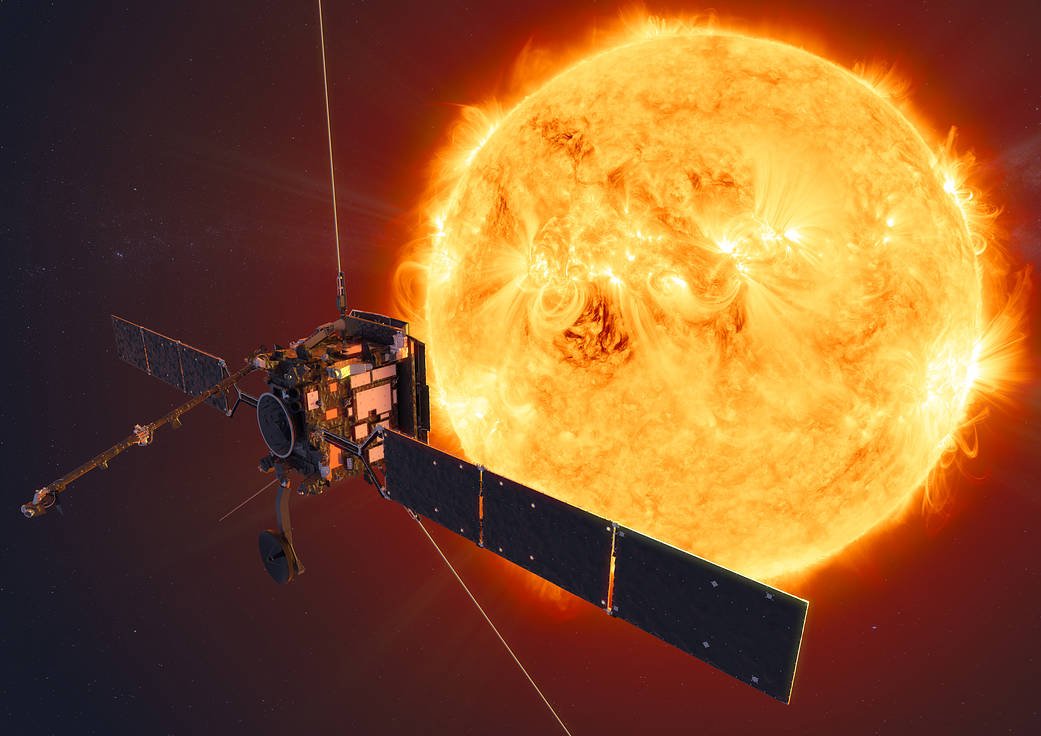India’s space program, characterized by cost-effective methods and adaptability, has gained momentum since its initial moon orbit in 2008.

India is gearing up to launch its inaugural space-based observatory to study Sun on September 2, just weeks after making history as the first country to successfully land a spacecraft on the uncharted south pole of the moon.
The announcement was made by India’s space agency, detailing that the Aditya-L1 probe will focus on studying solar winds, renowned for triggering disruptions on Earth and causing phenomena like auroras.
Named after the Hindi term for the sun, the Aditya-L1 spacecraft will take off from Sriharikota, India’s main spaceport, using the PSLV launch vehicle.
The craft is slated to travel approximately 1.5 million km (932,000 miles) to its designated observation point. The Indian Space Research Organisation (ISRO) indicated that it will take around four months for the spacecraft to reach its orbit.
The spacecraft will be positioned in a halo orbit strategically positioned to provide an uninterrupted, clear view of the sun. This positioning will significantly enhance the ability to monitor solar activities and their potential impact on space weather in real-time, according to ISRO.
Aditya-L1 is equipped with seven payloads designed to study the sun’s outer layers, including the photosphere and chromosphere. These payloads encompass electromagnetic and particle field detectors, enabling a comprehensive study of solar phenomena.
Notably, while NASA and the European Space Agency have previously launched probes to study the sun, this mission marks India’s first venture into solar observation from space.
India’s recent successful landing of the unmanned Chandrayaan-3 on the moon’s surface underscores the country’s burgeoning space prowess. India’s space program, characterized by cost-effective methods and adaptability, has gained momentum since its initial moon orbit in 2008.
Despite budget constraints, the country has demonstrated significant achievements, including the 2014 Mars orbit mission and forthcoming plans for crewed missions and joint lunar endeavors with Japan.
With a burgeoning pool of skilled engineers and an inclination towards leveraging existing technology, India’s cost-efficient space program continues to demonstrate its potential on the global stage.
As India sets its sights on further ambitious missions, including a planned orbital mission to Venus and continued lunar exploration, the nation’s space endeavors are poised to play an increasingly influential role in scientific exploration and space innovation.